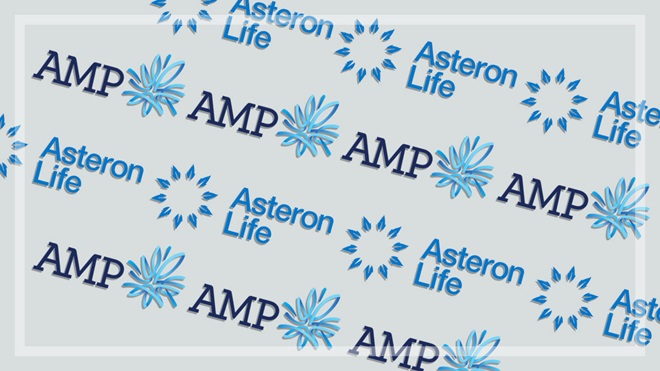Need to know
- New data collected by ASIC and APRA shows insurers AMP and Asteron are falling far behind industry norms for claim times and dispute ratios
- Super Consumers Australia at CHOICE says data is interesting, but doesn’t help people compare insurers in super funds
Insurer AMP is taking much longer than its competitors to assess death claims, according to 2018 data collected by industry regulators APRA and ASIC.
Almost one in five (18.5%) claims were left in limbo for more than a year, compared with the industry average of just over a month.
The company has been under siege since some of its practices, including charging fees for no service, were heavily criticised during the Royal Commission into Misconduct in the Banking, Superannuation and Financial Services Industry.
Asteron, which provides insurance for Suncorp Super, also stood out for all the wrong reasons. It recorded a dispute ratio – the number of disputes against claims per people insured – that was 12 times higher than the industry mean for total and permanent disability (TPD) claims.
Asteron had the highest dispute rate for TPD claims
In TPD disputes, Asteron had the highest dispute ratio, with 181.5 disputes per 100,000 people insured, compared with an industry average of 14.5.
An Asteron spokesperson told Super Consumers Australia at CHOICE that the dispute lodgement figures partly reflected 'legacy' policies. These are policies that are 'closed' or no longer available to customers.
"A significant proportion of Asteron's Group TPD claims are late-reported claims from an old legacy book," the spokesperson says. "This adds to the complexity of the claims assessment process due to the difficulty in obtaining historical evidence to establish claims-acceptance criteria."
"We have a number of initiatives underway to limit disputes and ensure the best possible outcome for our customers."
What is the goal of publishing this data?
Collecting and publishing this information has taken a long time. APRA and ASIC describe it as a "world-leading" project.
The hope was to allow people to assess the quality of their insurance by looking at how long the insurers take to process claims, how often they deny them, and how often disputes arise.
But many of the insurers are merely wholesalers, providing insurance for multiple super funds. This means each product may offer different levels of cover, making it hard for consumers to compare them.
Market regulators must go much further and release product level comparisons
Xavier O'Halloran, director of Super Consumers Australia
"While interesting, this information is not even close to useful for most people," says Xavier O'Halloran, director of Super Consumers Australia. "Many would struggle to name their superannuation fund, let alone the insurer sitting behind it."
"To fix this, market regulators must go much further and release product level comparisons. Without this, people are in the dark about the quality of their insurance in super."
Super Consumers Australia has asked ASIC and APRA for comment.
This content was produced by Super Consumers Australia which is an independent, nonprofit consumer organisation partnering with CHOICE to advance and protect the interests of people in the Australian superannuation system.
Stock images: Getty, unless otherwise stated.




